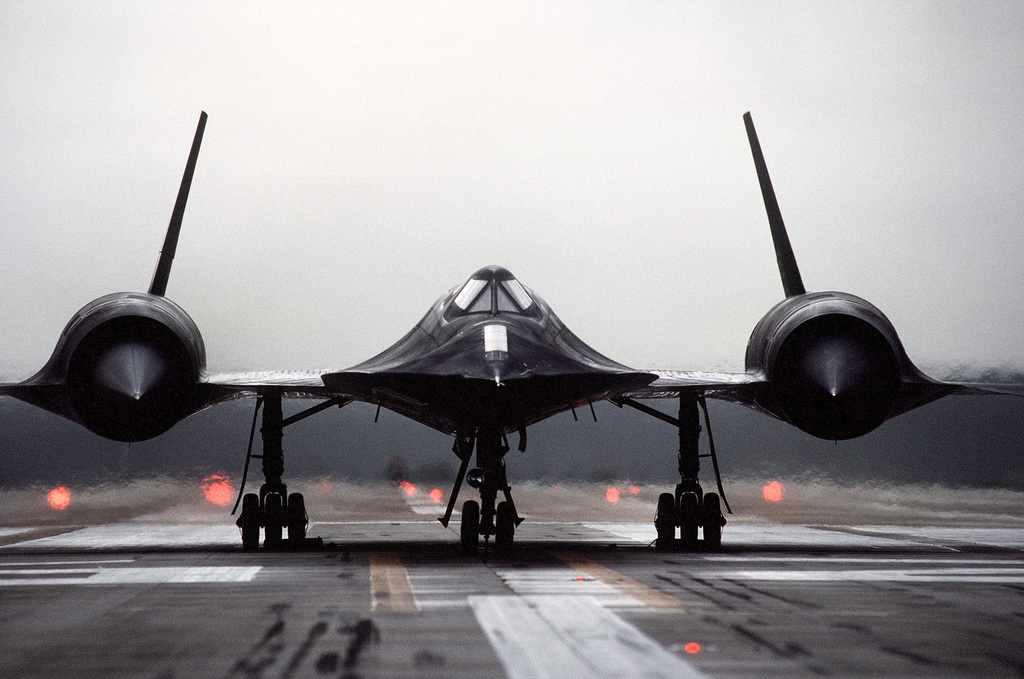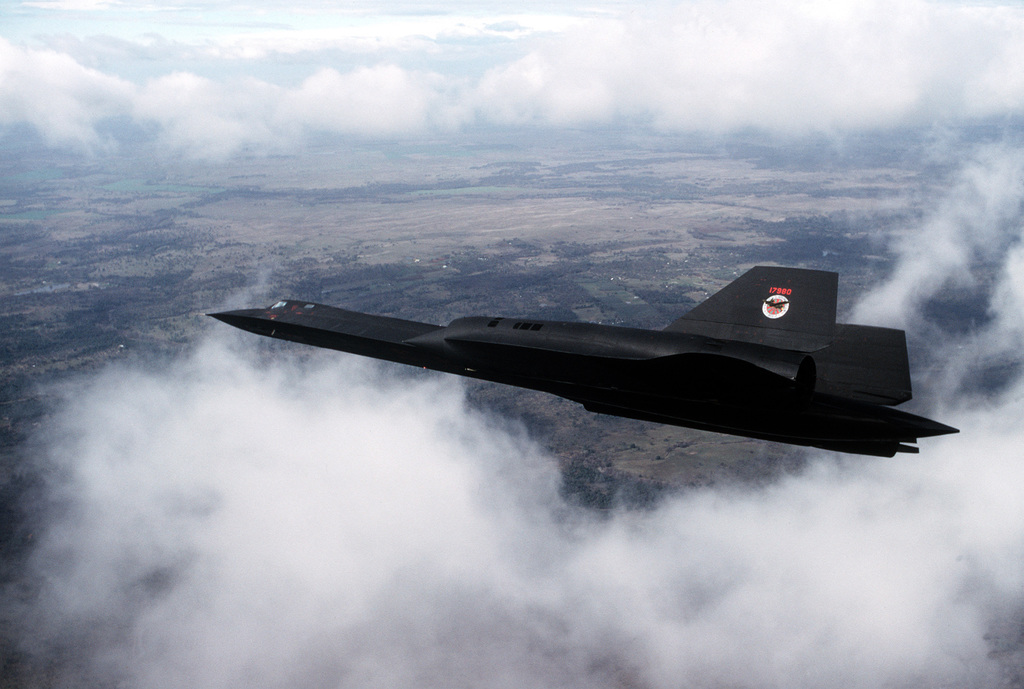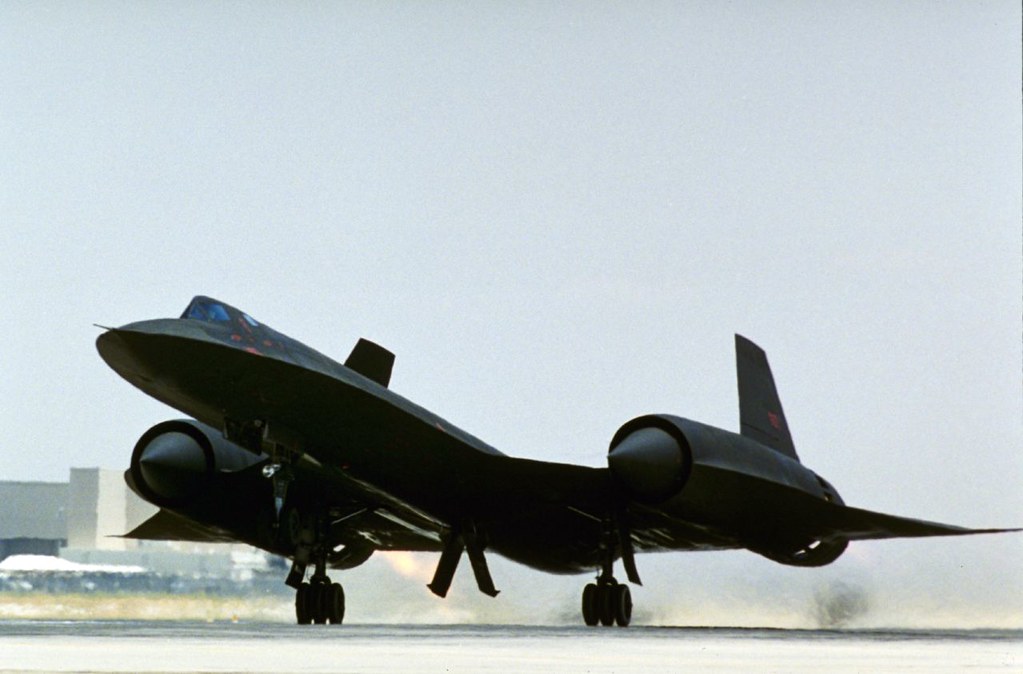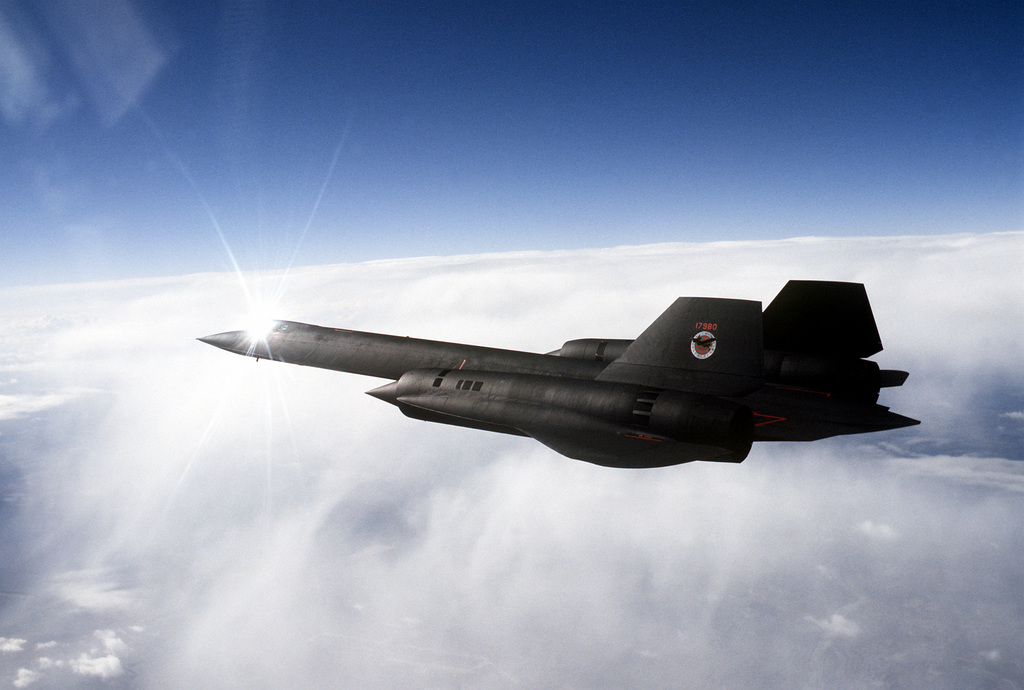
This was a remarkable episode from the Cold War era, where Swedish pilots were honored for their valor in aiding a U.S. Air Force SR-71 Blackbird reconnaissance aircraft. The incident remained under wraps for over three decades, only declassified last year, highlighting the complex and occasionally perilous nature of aerial surveillance during the tense period of confrontation between the U.S. and the Soviet Union.
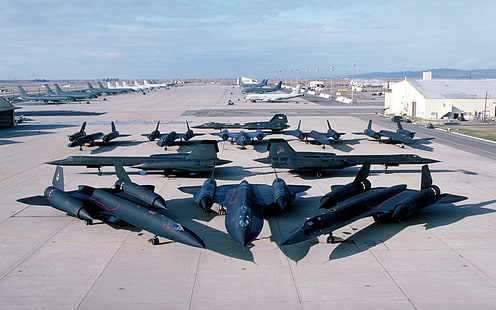
On June 29, 1987, an SR-71 Blackbird, was piloted by then-retired Lt. Cols. Duane Noll and Tom Veltri, suffered a catastrophic engine failure while on a “Baltic Express” mission over the Baltic Sea. These missions involved high-altitude flights to gather intelligence on Soviet military installations from international airspace. The failure forced the Blackbird to descend to about 25,000 feet and inadvertently into Swedish airspace.
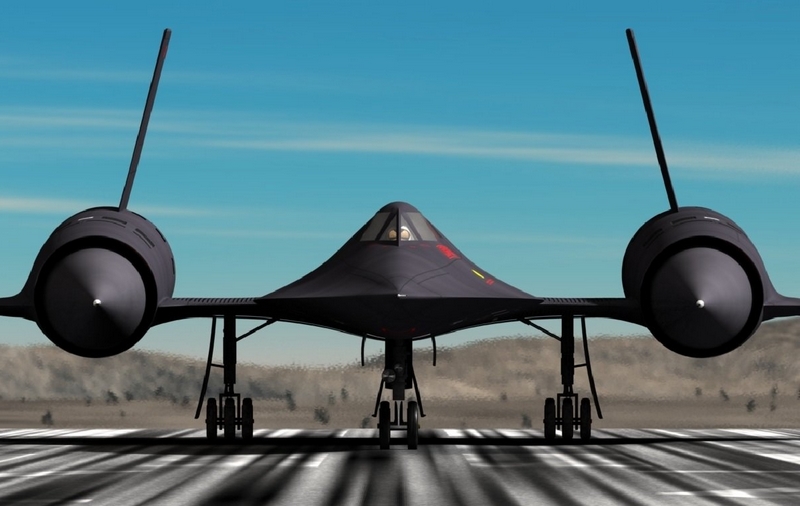
Within seconds, the Swedish Air Force had scrambled its Saab 37 Viggen fighter jets. According to retired Maj. Roger Moller, one of the Swedish pilots, “We were flying an ordinary peacetime operation exercise when our fighter controller asked if we could intercept and identify an aircraft of particular interest. I immediately suspected it was an SR-71.”
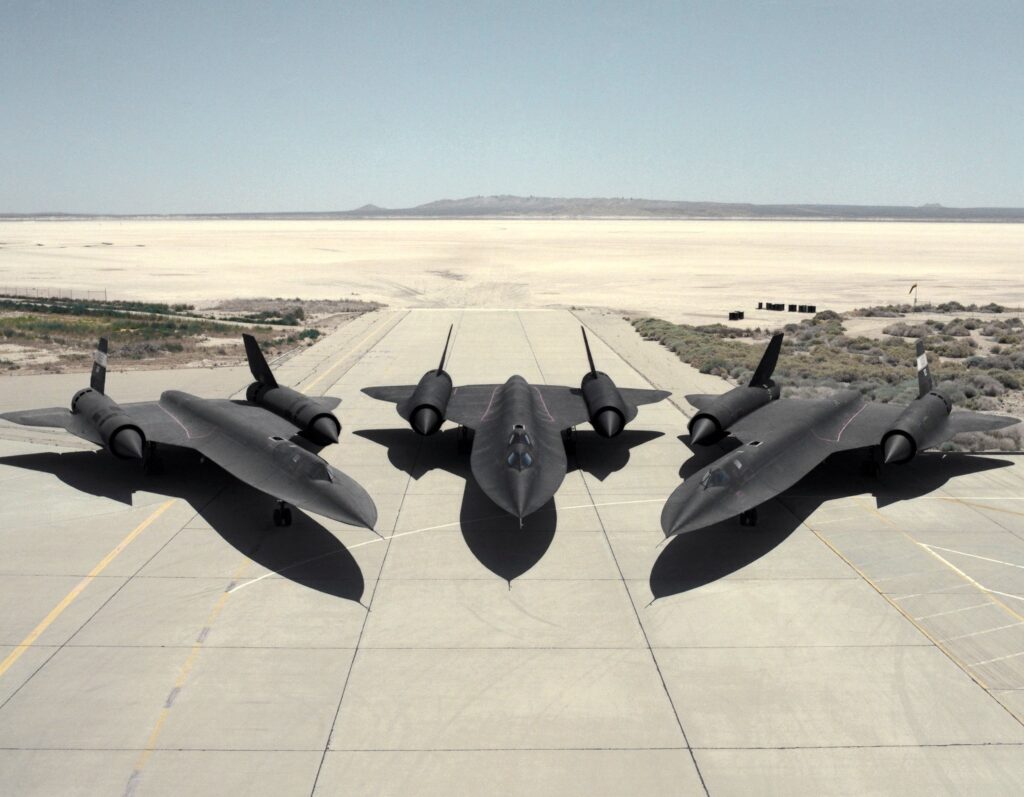
Swedish pilots did more than just intercept the Blackbird; they provided an escort to protect it from any possible Soviet aggression. Since this was so near the Soviet airspace, there was always a chance that some opportune Soviet fighter might have had a go at the compromised SR-71. The actions of these Swedish pilots ensured that the Blackbird and its crew were safely escorted out of the danger zone into friendly airspace.

This mission’s importance was finally recognized formally on November 28, 2018, in Stockholm, where the U.S. Air Force awarded Air Medals to the four Swedish pilots involved: Col. Lars-Eric Blad, Maj. Roger Moller, Maj. Krister Sjoberg, and Lt. Bo Ignell. During the medal award ceremony, U.S. Air Force Maj. Gen. John Williams went out of his way to emphasize just how critical the actions taken by the Swedish pilots were, stating, “That day in 1987 showed us that we can always count on our Swedish partners in times of great peril.”
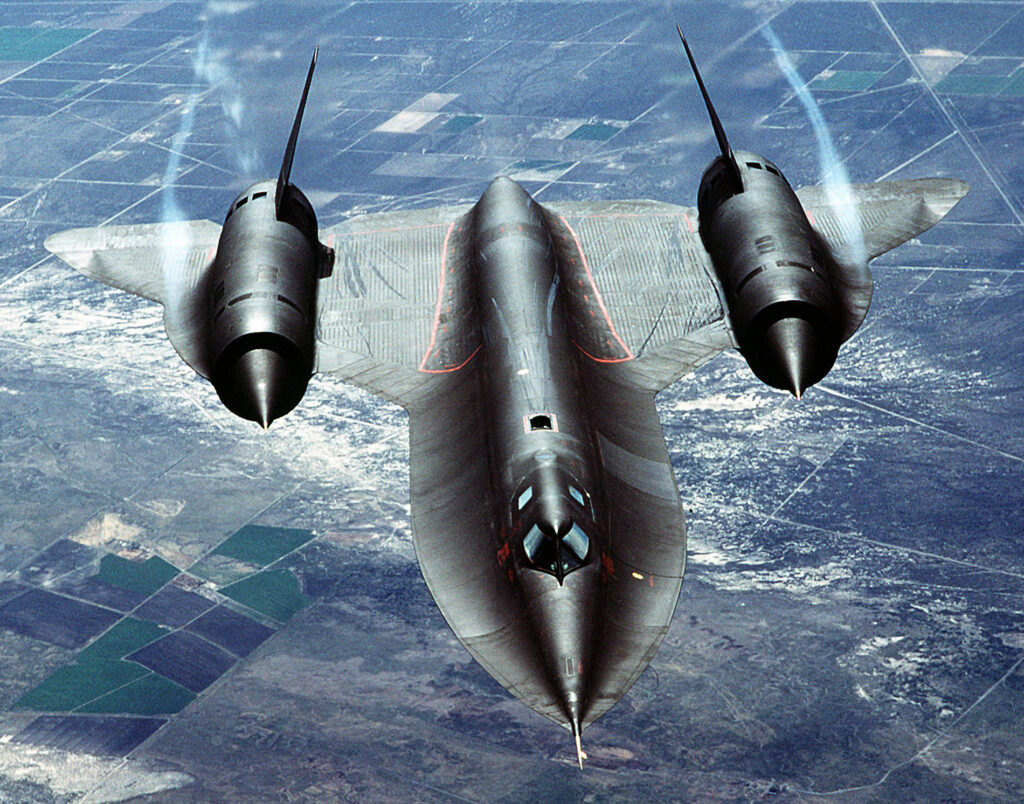
Lt. Col. Tom Veltri, one of the SR-71 pilots, said he was “amazingly grateful” not only for what they did but also for the opportunity to recognize them in the fashion they are doing. He added that what those guys did was truly monumental. Lt. Col. Duane Noll, could not attend the ceremony but sent a message acknowledging the Swedish pilots’ skill and judgment, which averted an international incident and saved their lives.
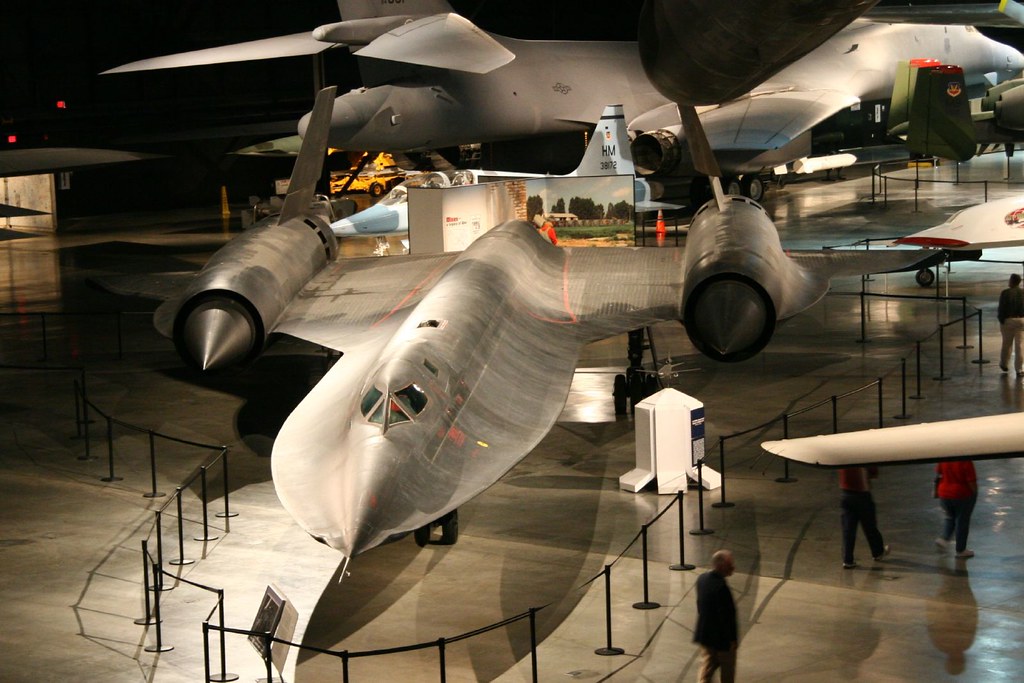
This was not an unusual event regarding the Swedish pilots’ ability to intercept and protect the SR-71. The Swedish JA-37 Viggen units had developed a successful process for intercepting SR-71s flying over the Baltic Sea and became the only foreign fighters to ever hold a lock on the Blackbird. That ability was truly a mark of the high standard of technical skill and proficiency of Swedish aviators, who worked their way around Viggen performance limitations by careful planning and advanced data links.
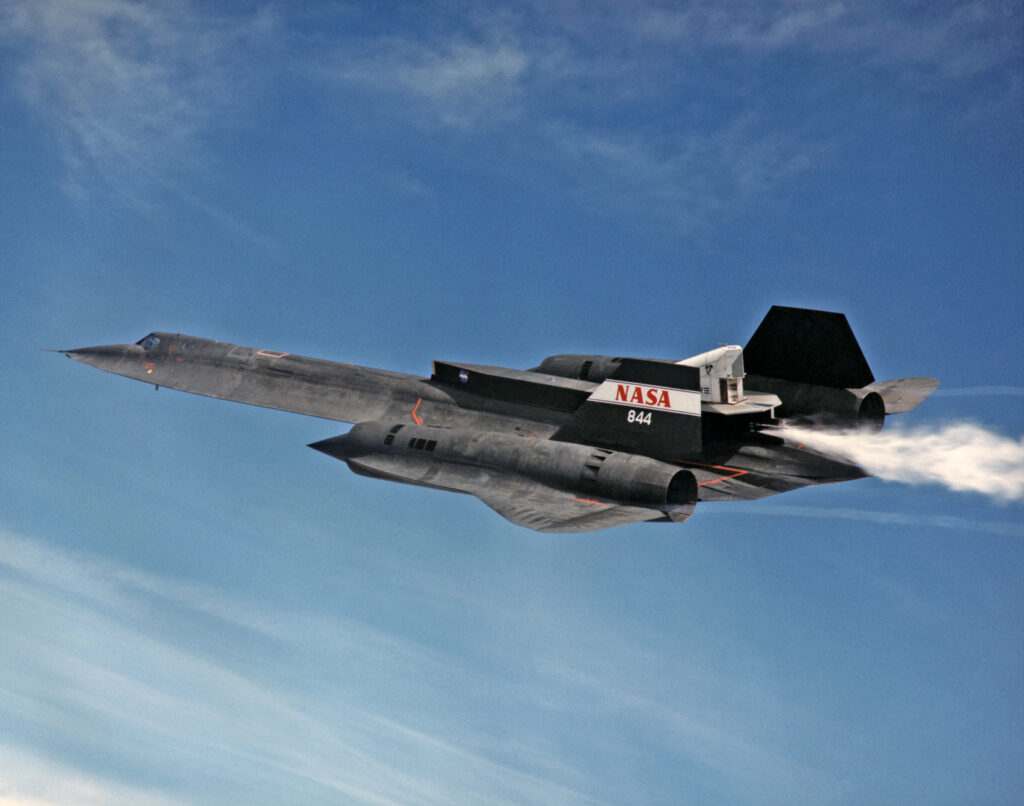
The 1987 incident underscored the respect and professional esprit de corps between the Air Force of the United States and Sweden. If as much as military aviation is a competitive sphere, actions by Swedish pilots proved that saving lives and averting conflict is paramount, even at great risk to one’s life.
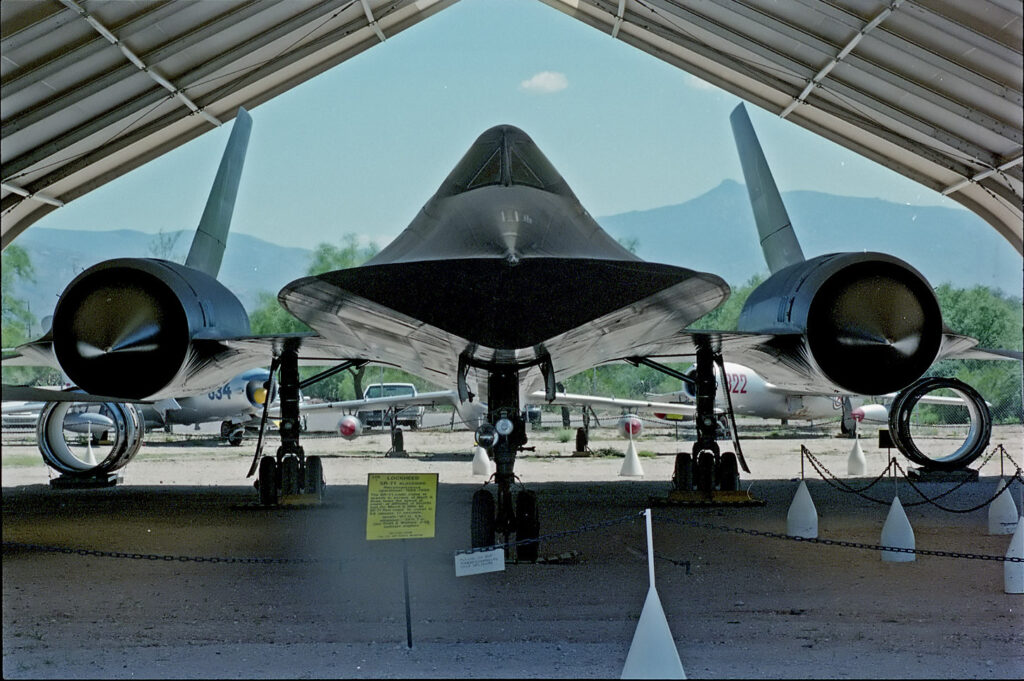
The Air Medals presented to the Swedish pilots recognized not only their bravery but also represented extremely long-lasting cooperation between the U.S. and Sweden. “Even when there was both political risk and great physical risk in the form of actual danger, there was no hesitation on your part to preserve the pilots on that day,” said Maj. Gen. Williams.
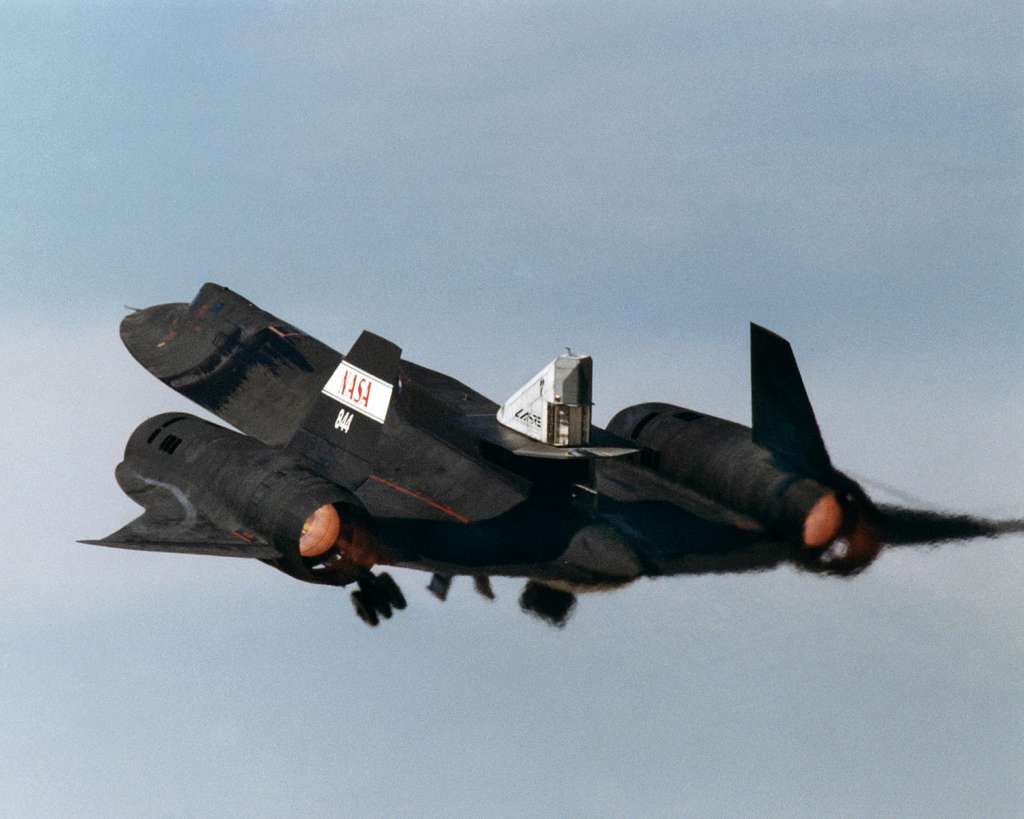
This is just one of those very special Cold War stories, still well in vividness, paying tribute to military aviators’ courage and professionalism; most of the time, this comes in the shadows to ensure the security and safety of their nations.
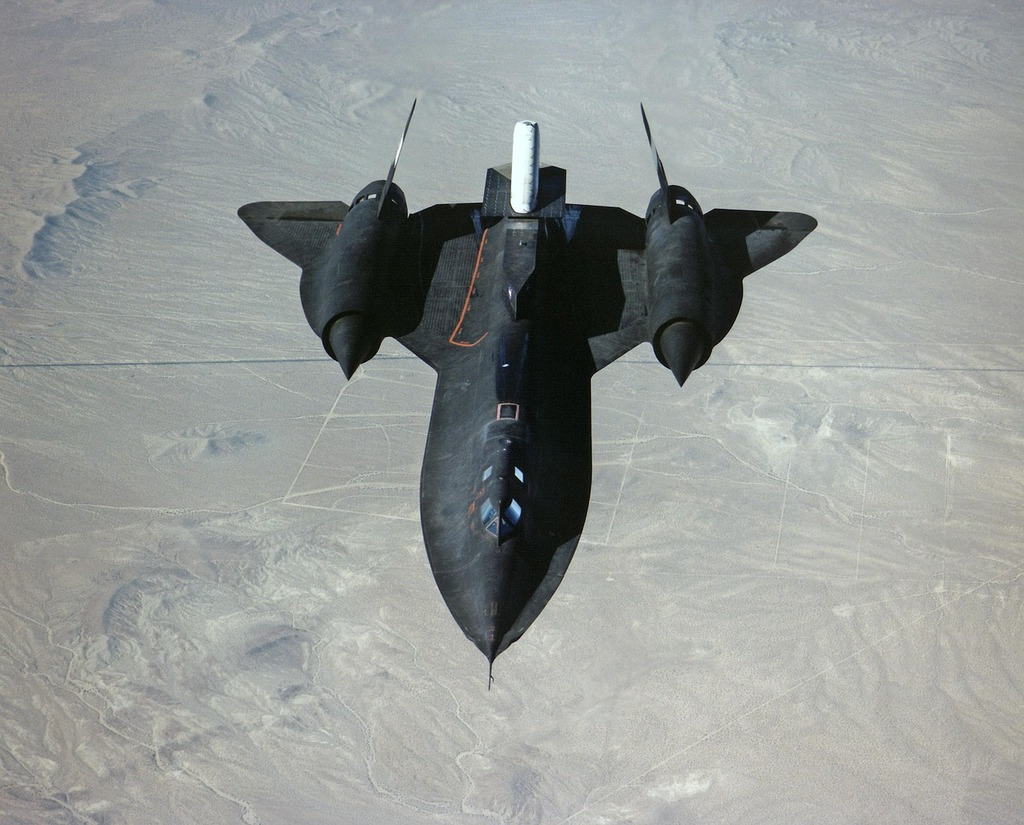
More related images you might find interesting:
